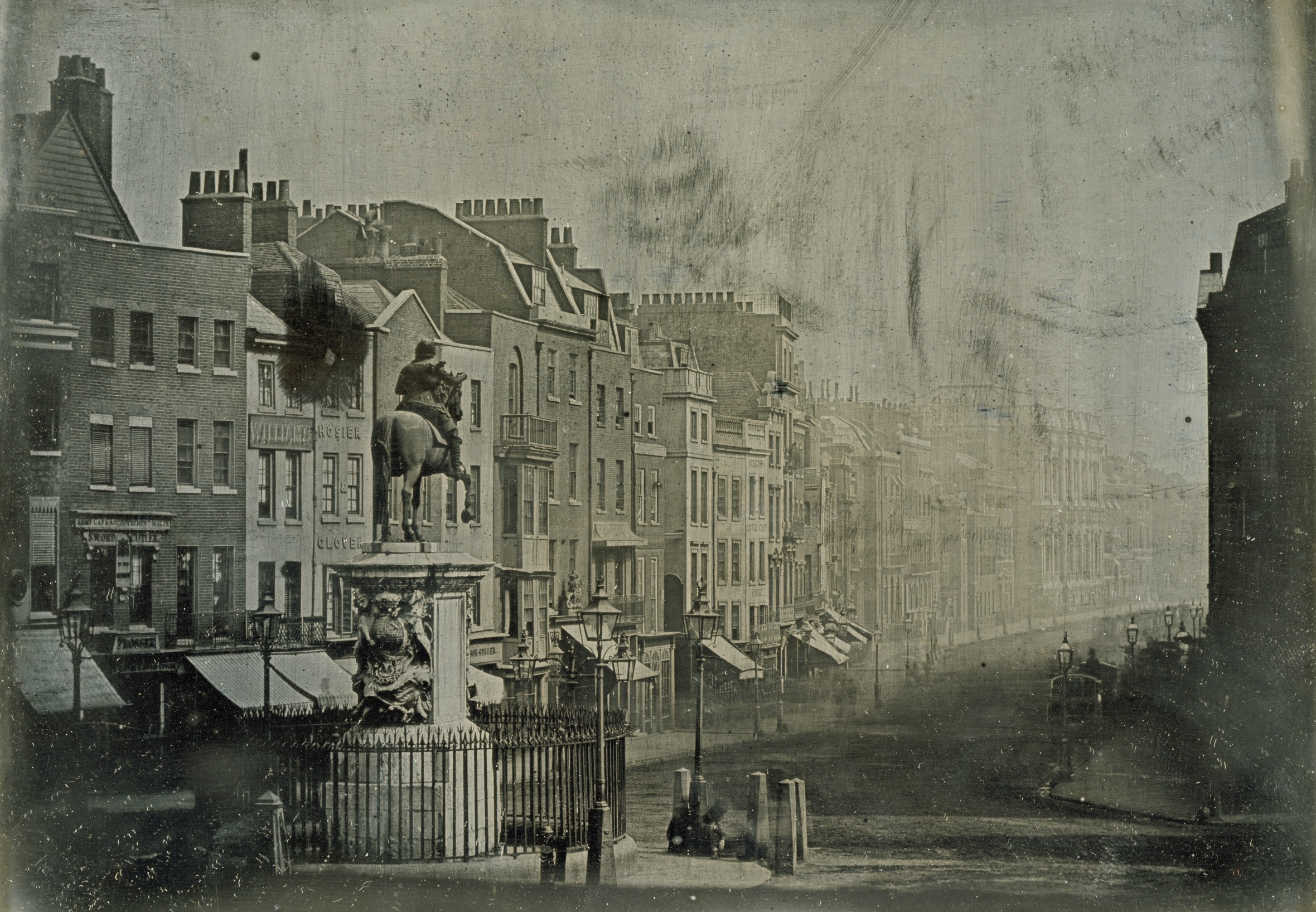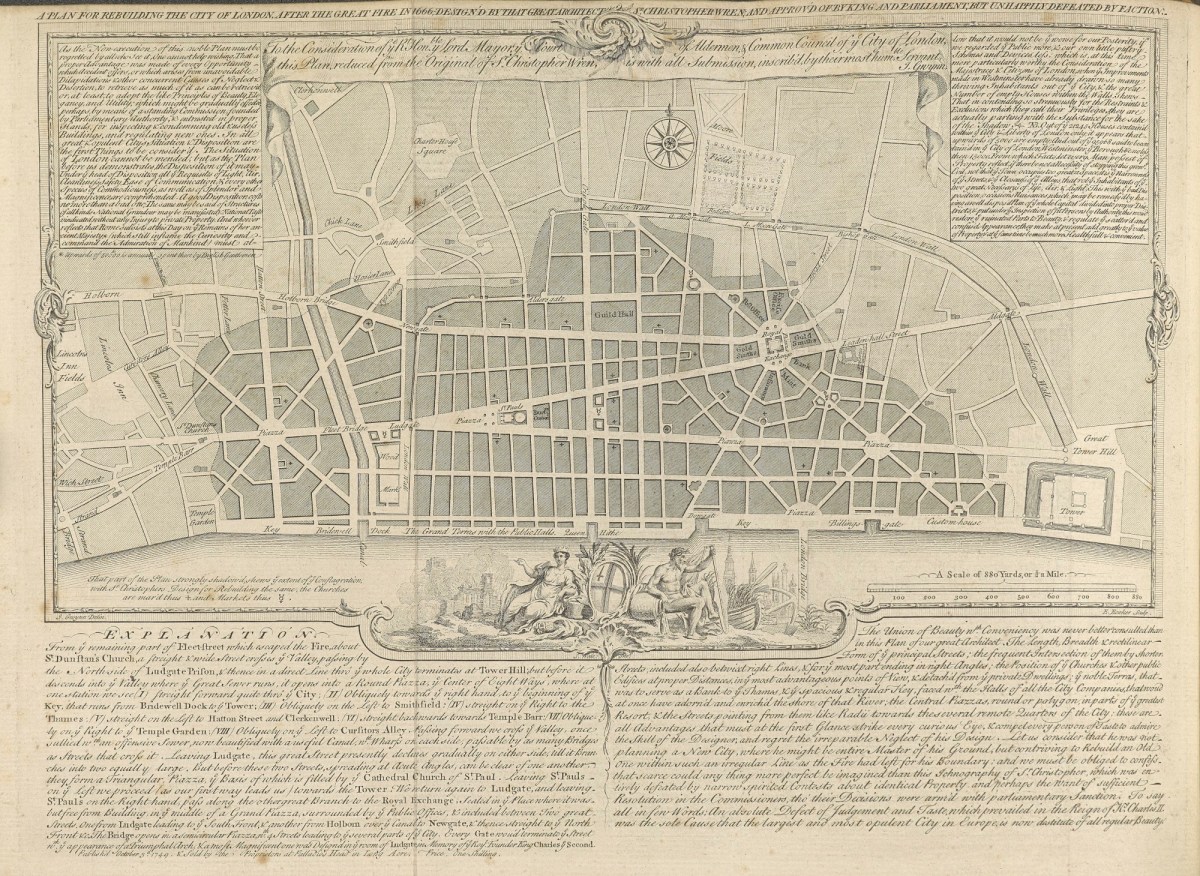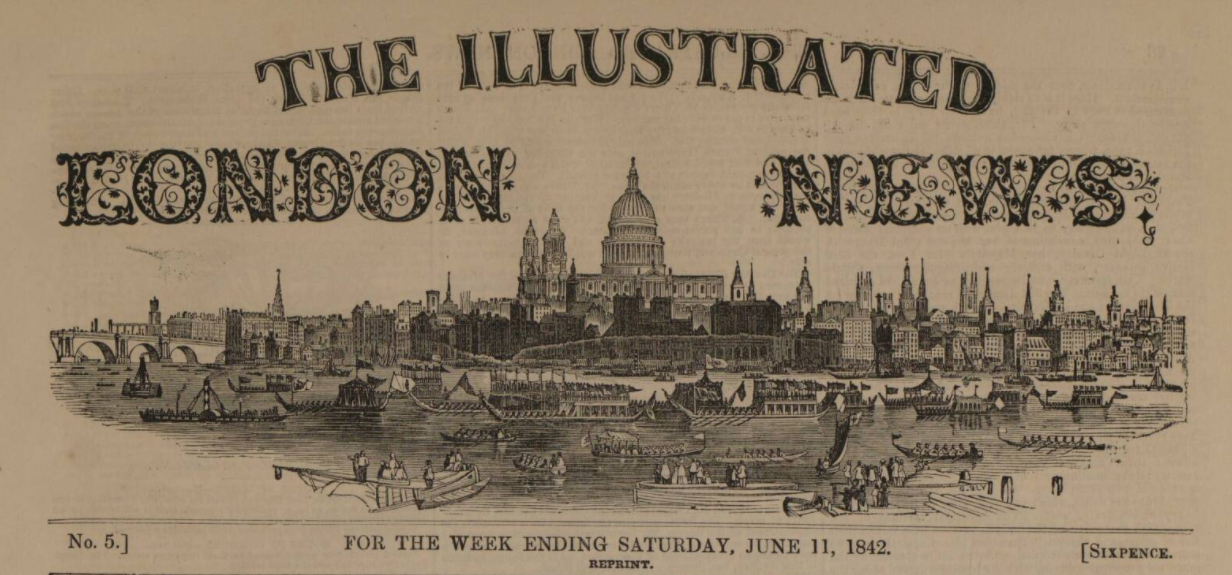- Published on
19th Century London

Table of Contents
- Introduction
- Christopher Wren’s Vision and the Progress of Health
- Cholera Outbreak and Spatial Disease Tracking
- Industrial Romanticism
- Historical Romanticism
- Decline of City Centers and Middle-Class Flight
- Conclusion
Introduction
The 19th century in London was marked by significant changes in urban planning, public health, and perceptions of industrialization. In this blog post, we will explore these developments and their impact on the city.
Christopher Wren’s Vision and the Progress of Health
Renowned English architect Christopher Wren, known for rebuilding many of London's churches after the Great Fire of 1666, proposed a visionary plan for the City of London. Although his proposal never came to fruition due to democratic challenges, understanding his vision can provide insights into the shifting values of 19th-century London.

Wren's plan emphasized open, walkable spaces and a central area for public discourse. As public health became a growing concern in the 19th century, circular city planning emerged as a solution for improved circulation, cleanliness, and safety. Consequently, cities were theorized to become more sustainable and healthier places to live.
Cholera Outbreak and Spatial Disease Tracking
The cholera outbreak affected both rich and poor populations, as they shared the same contaminated water source. Public health expert John Snow identified the source of contamination and closed the pump, effectively stopping the spread of cholera. This event highlighted the importance of spatially tracking diseases to better understand and control outbreaks.
Industrial Romanticism
During the 19th century, industrialization was often romanticized as a symbol of employment, progress, prosperity, and modernity. The following painting showcases this romanticized view of industrialization.

In contrast to contemporary perspectives on air pollution and environmental degradation, the painting presents an idealized version of industrialization, with smokestacks as a sign of progress. The encroachment of industrial areas on the natural landscape further illustrates the growing divide between urban and rural spaces.
Historical Romanticism

The 1800s saw the rise of illustrated newspapers, with the first such publication portraying an iconic image of St. Paul's Cathedral as the centerpiece of London. The illustration also depicted a gala taking place on the Thames, rather than the bustling trade and commerce that defined the city. This romanticized portrayal presented London as a historical and traditional city instead of an industrial powerhouse.
Decline of City Centers and Middle-Class Flight
The development of railroads enabled the middle class to relocate to affluent suburbs, taking their tax dollars with them. This left the poorer population in the city center with deteriorating living conditions and a host of related issues. The emergence of pleasure gardens, alcoholism, and prostitution within the city can be traced back to the escapism that resulted from the middle-class flight.
Conclusion
In conclusion, 19th-century London was a time of significant transformation, marked by changes in urban planning, public health, and societal perceptions of industrialization. Christopher Wren's visionary plan, although never fully realized, signaled a shift in values, prioritizing open spaces and the overall well-being of citizens. The cholera outbreak and the subsequent rise of spatial disease tracking demonstrated the importance of understanding and managing public health within growing urban environments.
The romanticism of both industry and history during this period reflected the duality of London's identity as a traditional city and an industrial powerhouse. Paintings and illustrations from the time presented an idealized version of industrialization, while at the same time celebrating the city's historical legacy.
Finally, the decline of city centers and the middle-class flight to suburban areas exposed the widening socioeconomic divide within London. As living conditions deteriorated for the urban poor, the rise of pleasure gardens, alcoholism, and prostitution served as an escape from the harsh realities of life in the city center.
Overall, the 19th century in London was a period of immense change and contrast, with rapid industrialization and urban growth shaping the city's landscape and the lives of its inhabitants. The challenges and developments of this era continue to shape modern London, as the city continues to evolve and grapple with the complexities of urban life.
- Authors

- Name
- Apurva Shah
- Website
- apurvashah.org